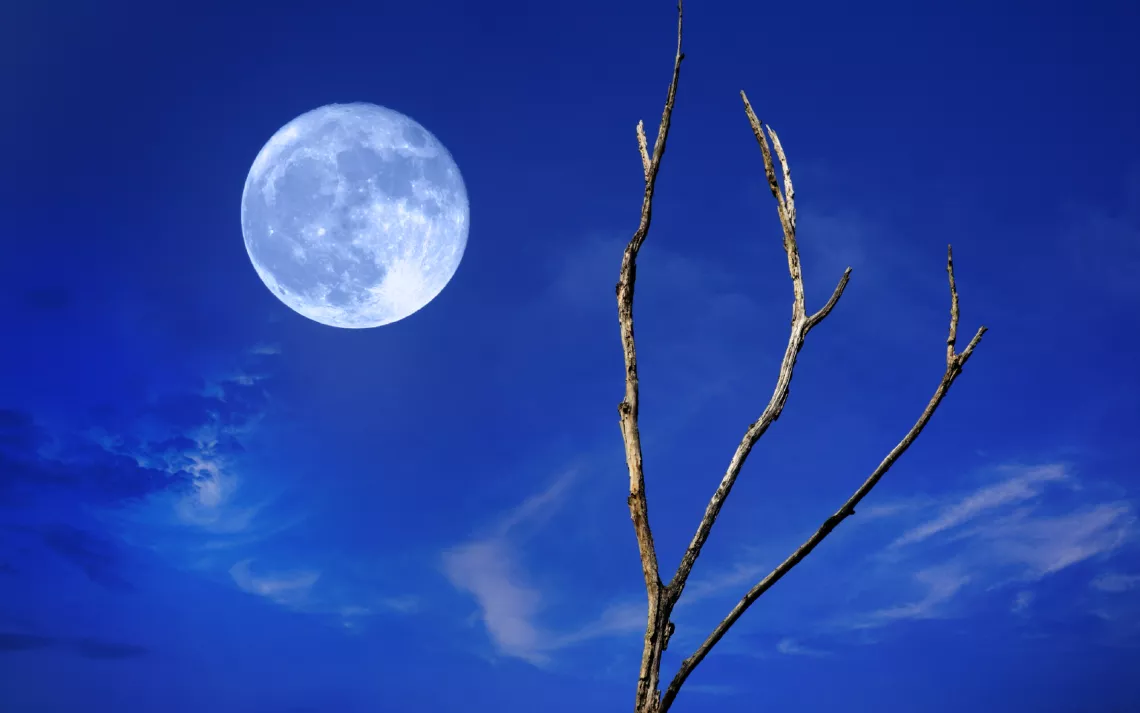July Observing Highlights

Photo by iStock/DougLemke
July’s night sky begins with a fireworks show of its own, as Venus and Jupiter are less than a degree apart in the west and a full moon rises in the east.
Venus is a stunning magnitude -4.4 and Jupiter is an impressive -1.8. Because this pairing happens soon after sunset, the sky won’t be fully dark yet. But through a telescope you should still be able to see the brightest moons of Jupiter. They will be spread out from the upper left, with the furthest being Europa, then Ganymede, Io, and Callisto. In fact, if you are able to spot them through a telescope very soon after sunset, you may even see Ganymede farther out than Europa before they change places, along with Callisto emerging from behind the limb of Jupiter.(But don’t try this until after the sun has disappeared, to save yourself from accidentally catching the sun through the eyepiece and damaging your eyesight.)
The Full Moon occurs on July 1 at 7:19 p.m. PDT. Some sources state the date as July 2, but that’s for places in the Eastern Hemisphere, where the Full Moon will occur after midnight. Telescope viewing during a full moon is not optimal, but if you already have the telescope out to look at the Venus/Jupiter pairing, scan to the south to see Saturn and its rings.
As July evenings progress, the distance between Venus and Jupiter will widen, with Venus passing below the star Regulus in Leo. On July 18, a crescent moon will lie just below Venus and not far from Regulus and Jupiter. By the end of the month, Mercury will be climbing up for its August meeting with Jupiter, but all three planets will be getting closer to the sun, making it difficult to spot them.
On July 25 the moon and Saturn will be less than four degrees apart as the moon once again heads toward full stage. July has two Full Moons, so the second one, on July 31, is a Blue Moon. It will occur at 3:43 a.m. PDT; therefore, it will already be more than 99-percent full as it rises on July 30. The Blue Moon will be in the constellation Capricornus.
Comet C/2013 Q1 PanSTARRS may brighten to naked-eye visibility in early July. However, it will be close to the sun. Start your search after sunset, right on the northwestern horizon. The comet will travel through Gemini, cutting between its main stars Pollux and Castor, and then pass into the constellation Cancer. On July 13 and 14, the comet will be near the Beehive Cluster. But again this will occur just after sunset when the sky will be fairly bright and most stars not yet visible. Another way to scan for the comet is to follow the diagonal line between where the sun has set to where Venus and Jupiter sit. The comet will be just above the horizon.
 The Magazine of The Sierra Club
The Magazine of The Sierra Club







